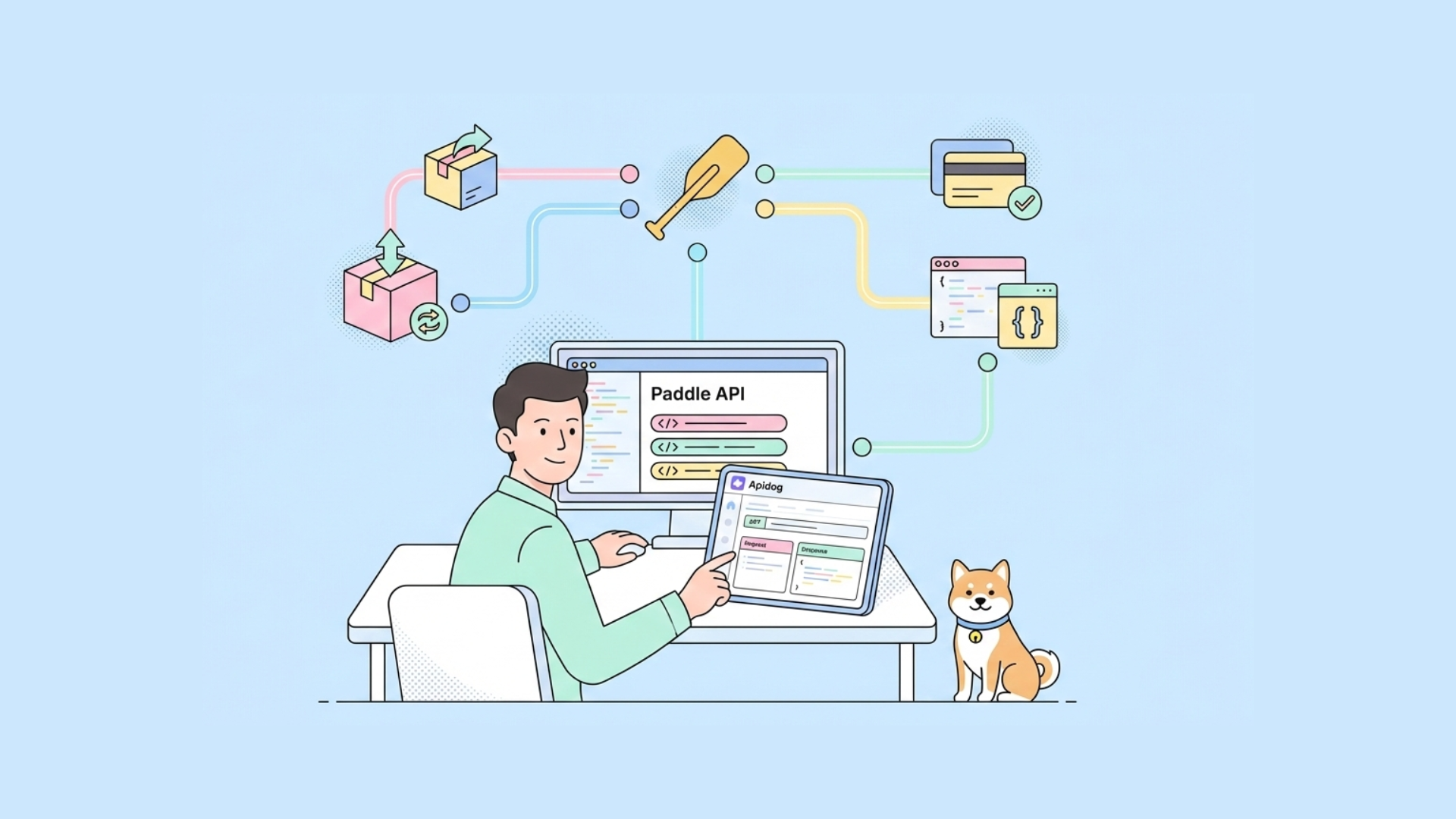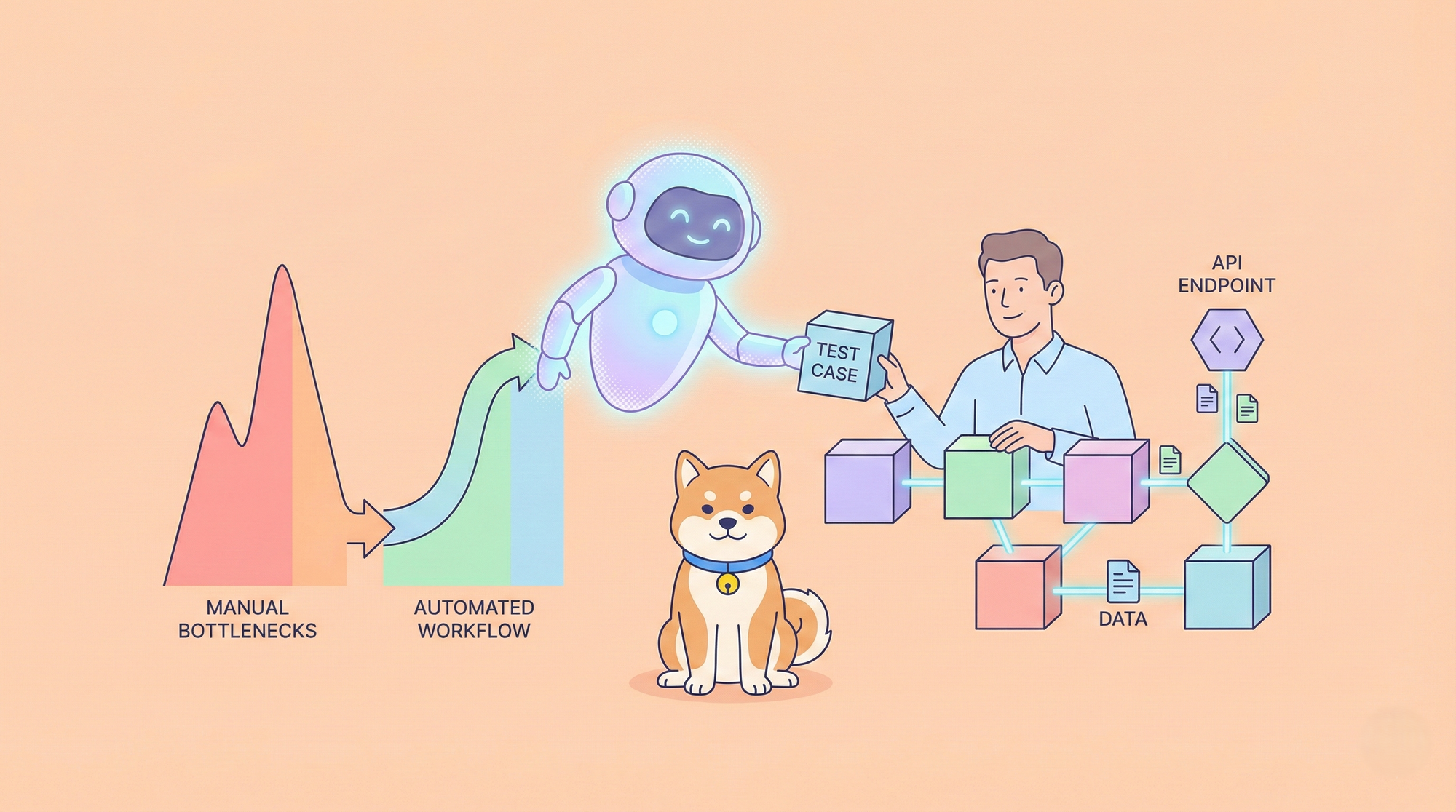Hey there, API enthusiasts! Today, we’re going to explore the fascinating world of APIs using Postman and the application/x-www-form-urlencoded content type. So, buckle up and let’s dive right in!
What is an API
An API, or Application Programming Interface, is a set of rules or protocols that enables software applications to communicate with each other. It’s like a menu in a restaurant. The menu provides a list of dishes you can order, along with a description of each dish. When you specify what menu items you want, the restaurant’s kitchen does the work and provides you with some finished dishes. Similarly, an API lists a bunch of operations that developers can use, along with a description of what they do.
APIs allow developers to save time by taking advantage of a platform’s implementation to do the nitty-gritty work. This helps reduce the amount of code developers need to create, and also helps create more consistency across apps for the same platform. APIs can control access to hardware and software resources.
APIs simplify and accelerate application and software development by allowing developers to integrate data, services, and capabilities from other applications, instead of developing them from scratch. APIs also give application owners a simple, secure way to make their application data and functions available to departments within their organization.
What is Postman?
Postman is an API platform that simplifies each step of the API lifecycle and streamlines collaboration, enabling you to create better APIs faster. It’s used by over 30 million developers worldwide, across more than 500,000 organizations, to access over 250 million APIs.

Understanding application/x-www-form-urlencoded
Next on our list is application/x-www-form-urlencoded. It’s a MIME type that’s used to send data in the body of a POST request to the server. The data sent to the server is in key-value pairs. It’s the default content type for forms.

Using Postman with application/x-www-form-urlencoded
Now, let’s get to the fun part - using Postman with application/x-www-form-urlencoded. Here’s a step-by-step guide:
Open Postman and Create a new request: Click on the ‘+’ button to create a new request.

Select the POST method and Enter the API URL: From the dropdown list, select the POST method and In the request URL field, enter the URL of the API you want to interact with.

Select the Body tab: Under the Body tab, select the ‘x-www-form-urlencoded’ option.

Enter your data: Now, you can enter your data in key-value pairs in the provided fields.

Once you’ve entered all your data, click on the ‘Send’ button to send the request.
And voila! You’ve successfully sent a POST request using Postman and application/x-www-form-urlencoded.
Sending Data with x-www-form-urlencoded in Apidog
Apidog is a powerful tool for API testing and development. It offers more flexibility in body formatting and supports various formats such as msgpack. You can insert dynamic values, add data schemas with a visual interface, and save well-documented APIs as test cases for future use.
When it comes to application/x-www-form-urlencoded, it’s a MIME type used to send data in the body of a POST request to the server. The data sent to the server is in key-value pairs. It’s the default content type for forms.
Here’s how you can use Apidog with application/x-www-form-urlencoded:
Open Apidog and Create a new request: Start by opening the Apidog app on your computer and click on the "+" or "New Request" button to create a new request.

Select the POST method: From the dropdown list, select the POST method.

Enter the API URL: In the request URL field, enter the URL of the API you want to interact with.

Select the Body tab: Under the Body tab, select the ‘x-www-form-urlencoded’ option.

Enter your data: Now, you can enter your data in key-value pairs in the provided fields.

Once you’ve entered all your data, click on the ‘Send’ button to send the request.
And there you have it! You’ve successfully sent a POST request using Apidog and application/x-www-form-urlencoded.
Conclusion
Mastering APIs with Postman and understanding the application/x-www-form-urlencoded content type can significantly streamline your development process. It’s a powerful skill that can help you build more efficient and effective applications. So, keep exploring, keep learning, and keep building!




